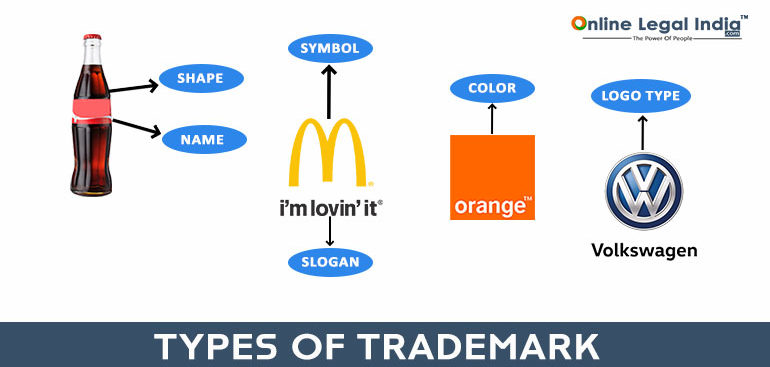Running a business can be hard, especially when you don’t know what parts of your business can be protected or how to protect them. The good news is, you probably already know your core product/service offering and probably also have picked out your company name, your product/service name(s), logos, and maybe even a slogan/tagline, all of which can be protected as intellectual property. These are assets you need to protect. Registering these assets using patent and trademark laws can help.

Image from https://www.uspto.gov/patents/basics
WHAT IS A PATENT?
A patent grants the owner of an invention the exclusive right to make, use, and sell the invention in the United States. A patented invention can be a product, a method of making the product, a method of doing something, an algorithm for software, and so on. A patent can only be obtained by submitting a patent application for the invention to the United States Patent & Trademark Office (USPTO). To be granted a patent, a patent application must meet certain criteria, i.e., the invention must be new, non-obvious, and useful.

Image from https://www.onlinelegalindia.com/blogs/types-of-trademark–all-categories-you-need-to-understand
WHAT IS A TRADEMARK?
A trademark can be a word, phrase, symbol, design, color, smell, sound, or a combination of these that represents a company’s brand and tells a consumer where a good/service comes from. Trademarks are best protected by registering them with the USPTO. To obtain trademark registration, a trademark application for the mark must be submitted to and accepted by the USPTO and must show the trademark in-use-in-commerce in the United States. Examples of famous trademarks are the Nike Swoosh, the Netflix sound (bad-dum), the magenta color used by T-Mobile, and even the smell of Play-Doh.

Image from https://copyrightalliance.org/copyright-vs-trademark-can-i-copyright-my-band-name/
WHAT IS A COPYRIGHT?
A copyright is a mechanism used to protect works of art, e.g., music sound recordings, song lyrics, books, paintings, poems, and even other works such as software source code, educational workbooks/curricula, and website content. To obtain copyright registration for a work of art, an application must be submitted to the United States Copyright Office (USCO) and certain criteria must be met, e.g., the work must have been made by a human rather than by AI.
WHY SHOULD YOU REGISTER YOUR IP?
- Deters Infringement by Third Parties: By federally registering your IP, your IP will appear in public databases where other parties and potential competitors will look. For example, many people check the USPTO Trademark Electronic Search System (TESS) to see if a trademark is already in-use and, similarly, check Google Patents to see if an invention has already been patented. The mere presence of your IP in these databases is often enough to deter infringement by a competitor.
- Deters the Import of Counterfeit Goods: By federally registering your IP, you have the option to have a copy of your registration sent to Customs & Border Protection (CBP) where they will search for counterfeit goods being imported into the country and seize them before they reach their destination, again deterring infringement before it happens.
- Adds Value to your Business: As the name Intellectual Property (IP) suggests, patents, trademarks, copyrights, and trade secrets are all assets – property– that you own. As property, they can be listed on the company balance sheet and can even be used as collateral to secure financing. These assets can also increase the value of a company when it’s sold. And, finally, any money you spend in obtaining and registering these assets can also be deducted as a business expense to reduce your tax liability.
- Adds Credibility to your Brand: By federally registering your trademark you can use the ® symbol in connection with your registered trademark. This not only signals to others that the mark is federally registered, but also adds to the reputation and credibility of your business because many consumers perceive this symbol to be an endorsement by the USPTO.
- Strengthens and Infringement Lawsuit: In the event of an infringement lawsuit, having your IP federally registered prior to the infringement may allow you to sue in federal court to stop the infringement and for damages such as your lost profits and/or the infringer’s profits earned – maybe even with a 3x multiplier – and your attorney’s fees. Also, by having your IP federally registered, you can bring suit against any infringer in any city or state in the U.S. because federal registrations give you protection in all 50 states.
- Improves Chances of Registration in Foreign Countries: By federally registering your IP in the United States, you can use that registration to file foreign applications by claiming priority to the U.S. registrations, which speeds up registration in most foreign countries.
- Allows for Instant Removal of Infringing Content on Social Media: By federally registering your IP, you can remove infringing content from most social media platforms without having to resort to costly litigation. Most social media platforms, such as Instagram, Facebook, Twitter, and TikTok, have infringement takedown forms you can submit to get content removed, but most require a USPTO or USCO registration certificate. So, for example, if a competitor opens an account or makes a post with a confusingly similar trademark to your registered trademark, you can fill out a form and get the account or post removed, and in some cases, you can even take that username from the infringer, all without having to file a lawsuit or send a cease and desist letter.
Whether you are a start-up or an established business, you have IP. To learn more about how to identify and protect your IP, please visit us at www.madan-law.com and/or on social media @MadanLaw and @youripattorney or reach out to us at (713) 364-4796 and one of our licensed patent attorneys will be glad to help you.
Read this article in Med Tech Start.
